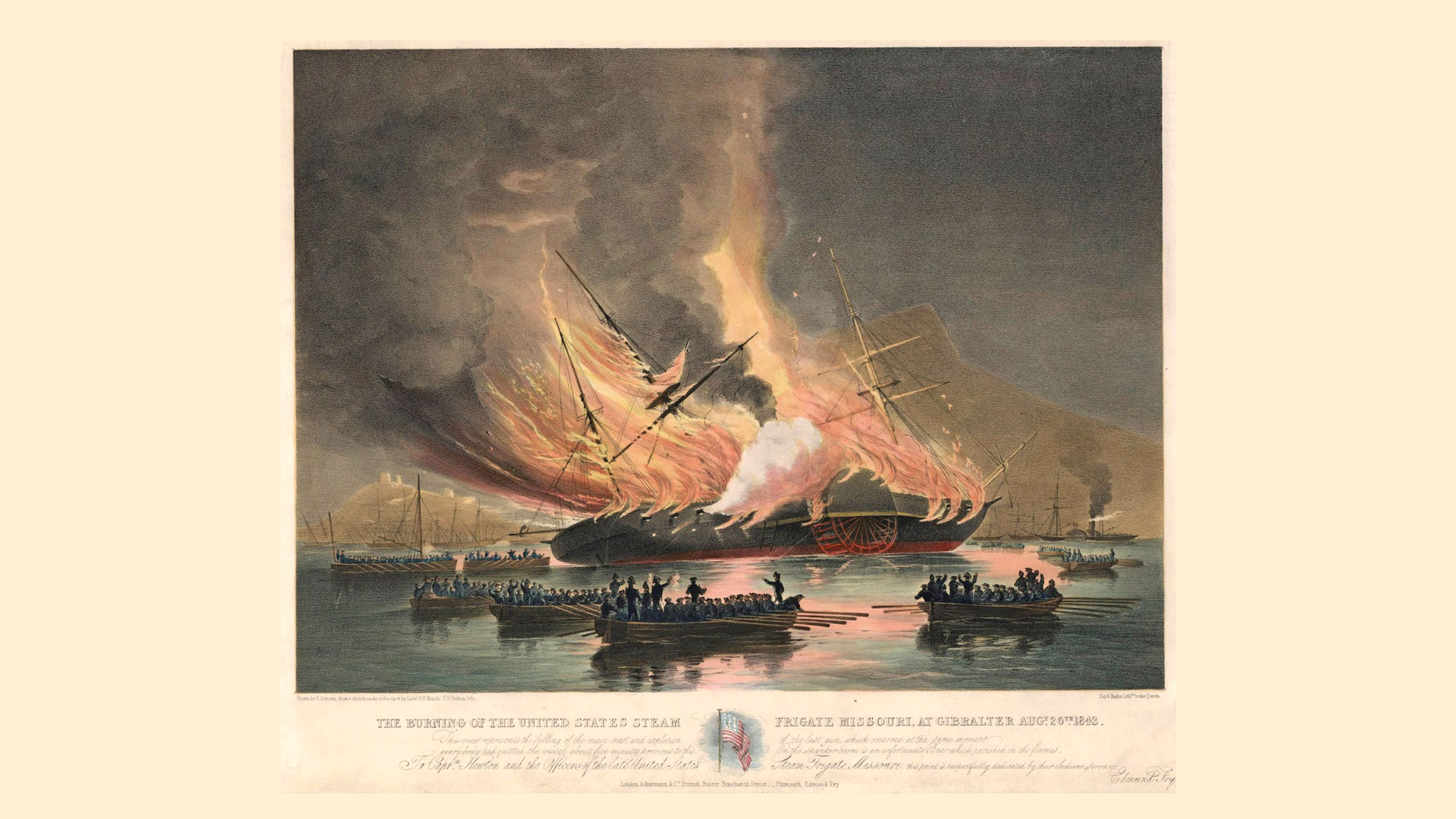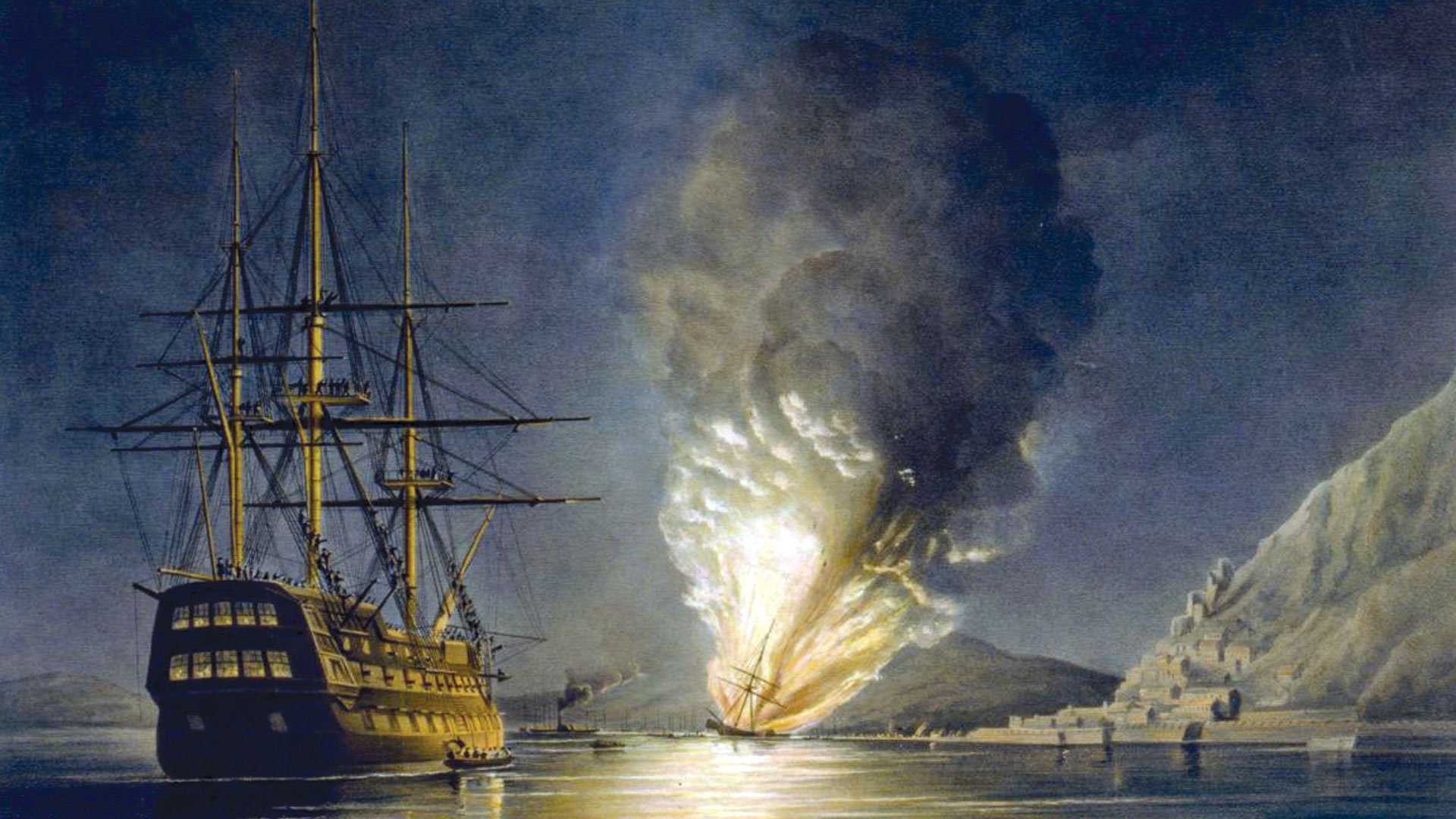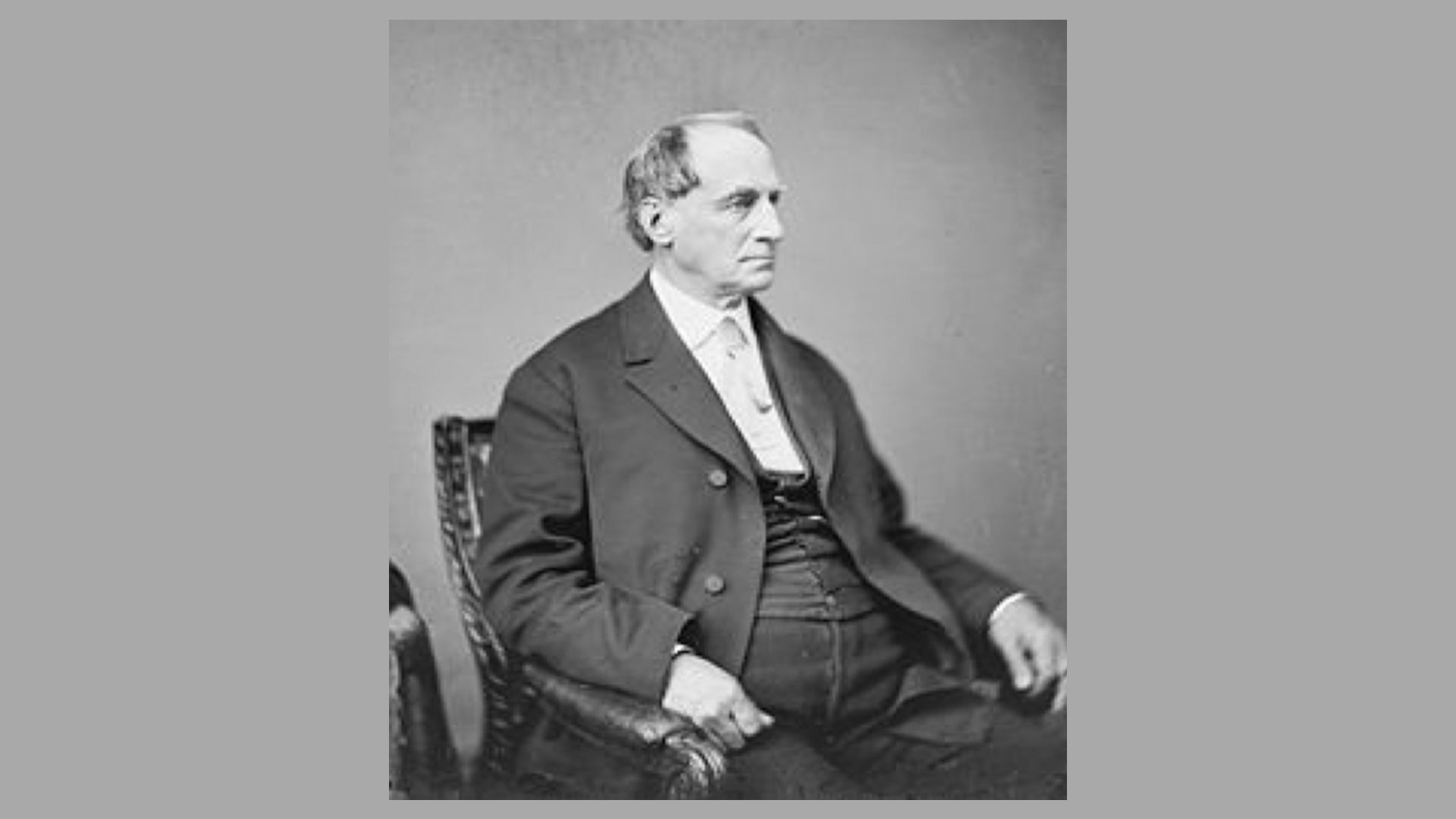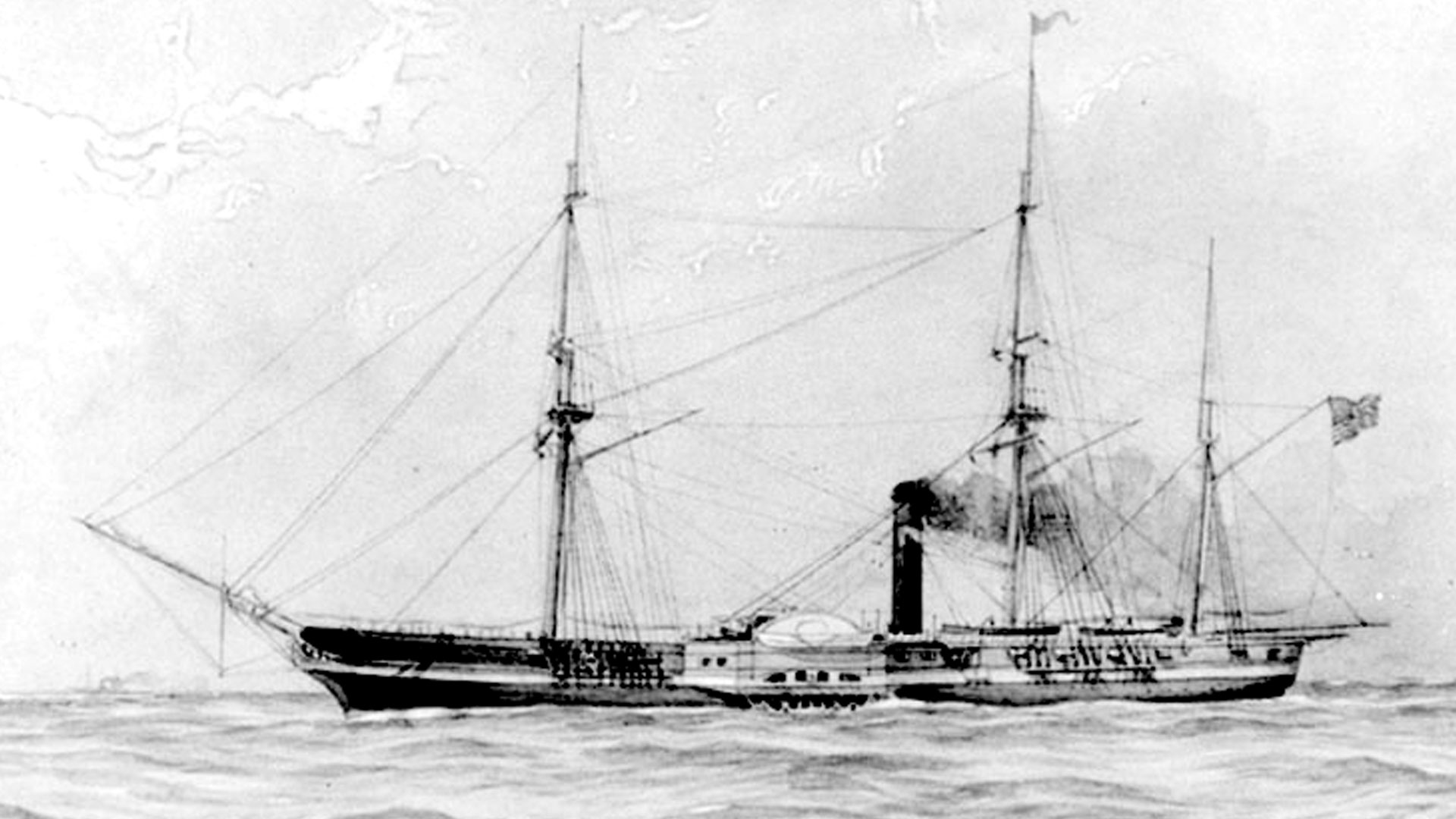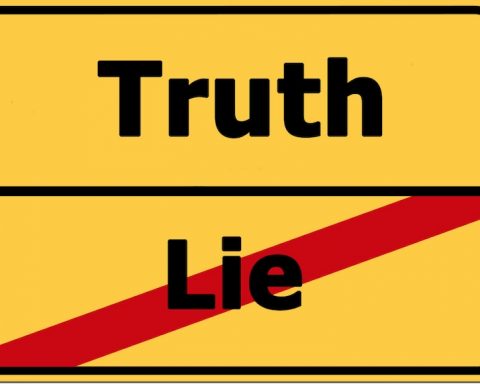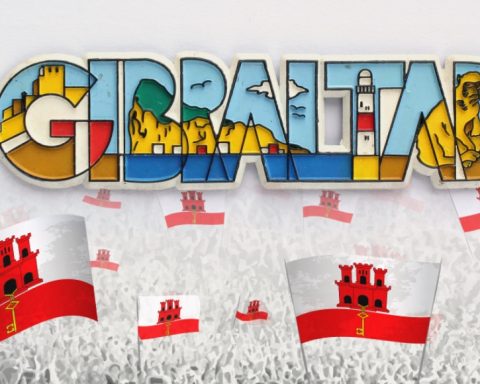The Phoenicians were known to have had a trading post here as far back as 500BC.
Many of us of a certain age, will remember watching the battleship USS Missouri coming into harbour in Gibraltar in the late 40’s early 50’s. Seeing the mud stirred up by her powerful engines as the diminutive tugs fuss around her like Dinky toys as she tries to berth on the south mole during a Levant. In the evening, the Main Street is a sea of white hats, making for the Trocadero or Universal bars where young and often not so young Spanish dancers hammer the stage with their heels while the guitar strums out a flamenco number, the smell of stale beer wafting out of the doors. We youngsters peering through the cracks in the windows boarded up for the show.
This is not the USS Missouri in this story.
On January 7th 1841 a wooden hulled, side paddle steam frigate was launched from the New York Navy Yard. She was 229 ft long and 40ft wide with a displacement of 3220 tons. Commissioned in 1842, her commander was Captain John Newton.
Following her rather troublesome trails, she sailed to Washington DC to demonstrate her superiority as a steam driven ship in confined waters.
Following a long cruise in the Gulf of Mexico, she returned to Washington for a refit before starting a diplomatic mission for the Government.
On the 6th of August 1843, she embarked the Honourable Caleb Cushin, the US Minister to China. His task was to negotiate a commercial treaty with China. Her first port of call was Fayal in the Azores and from there headed to Gibraltar where she arrived on the 25th of August. This was to be the first crossing of the Atlantic by a steam driven warship. Cushin was accorded the usual courtesies due a foreign diplomat but on the evening of the 26th the Engineer working in the store aboard ship, broke a glass container of turpentine which immediately caught fire. This soon spread along the wooden deck and before long the whole ship was ablaze. The British man of war, HMS Malabar in harbour, seeing the blaze afforded as much assistance as it could, rescuing some 200 crewmen who were lucky to have fled the raging inferno. Calib Cushin was able to rescue the documents for the Daoguang Emperor of China which gave him the authority to negotiate with the Chinese.
The ship continued to burn until 03.20, when the forward magazine blew up and the ship sank to the bottom of the harbour in a cloud of smoke.
The wreck posed a hazard to navigation so divers were sent down to recover the pieces of the ship one by one out of the shallow waters of the harbour.
The governor, Robert Wilson, arranged for all the survivors to be cared for in the garrison until they were able to be repatriated.
The US Congress recognised the actions of the Governor of Gibraltar through a Resolution of AppreciationCaleb Cushin was appointed United States Commissioner to China in 1843. The commercial expansion in Asia required that the US have treaties with the main markets in the region. This meant that both China and Japan were the targets of diplomats of all the European and US governments. The Chinese markets had always been a lure to American traders where they had traded since the 1700’s. After the “Opium Wars” in 1842, Britain forced the Chinese authorities to grant it special privileges including the monopoly of Chinese coastal ports. The Americans seeing an opportunity, sent Caleb Cushin on a mission to negotiate a treaty which would allow American ships to use Chinese ports. After the trauma of the fire in Gibraltar, Cushin made his way unaffected by his experience, to China where he presented his credential to the Emperor and by 1844 had negotiated the Treaty of Wang Hiya or Wanghsia. This was the first treaty ever signed between the US and Chinese. It allowed the American merchants the same rights as those forced on the Chinese by the British and was based on the most favoured nation principle.
The treaty with Japan did not conclude until 1852 – 4 when Perry used the might of the US Navy to force Japan into an agreement along similar lines to the British in China.
Sources- US Dept of the Navy and US Attorney General website.

